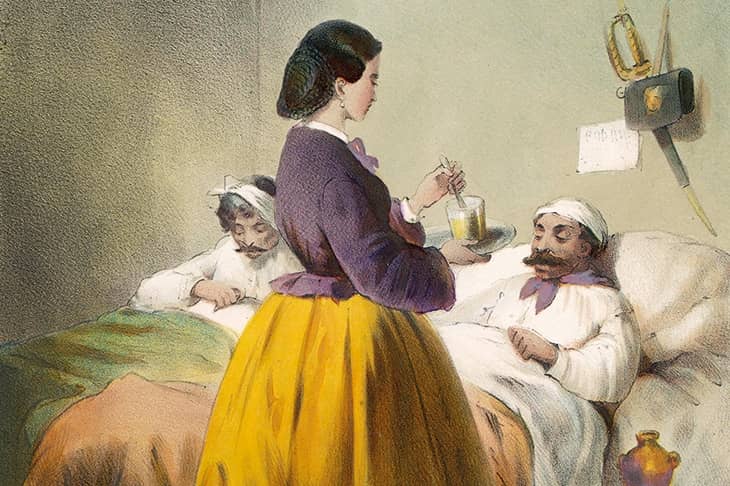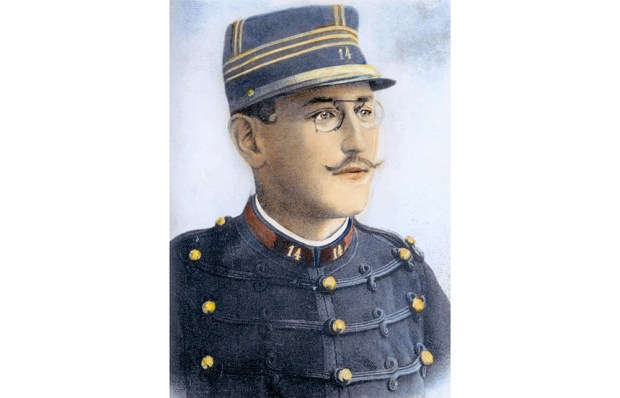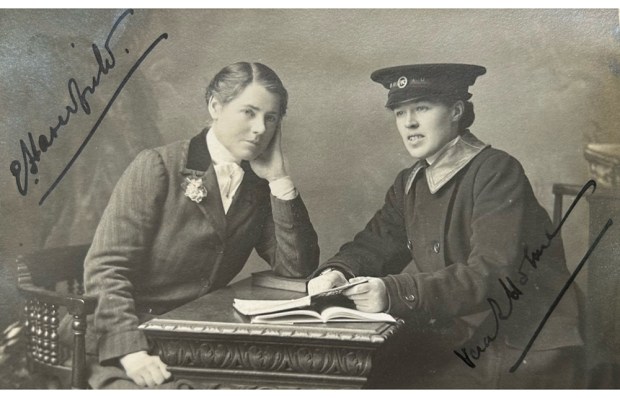Medicine was founded by Hippocrates in the 5th century BC. Doctors continued to study the Hippocratic texts into the 19th century, and many of the therapies, such as bleeding, purgatives and enemas, continued to be practised into the 20th. The standard Hippocratic account of disease was that it resulted from an imbalance of humours within the body. But this failed to explain how some diseases spread through populations at particular times. Among the earliest Hippocratic texts, Epidemicsand On Airs, Waters, Places sought to explain this phenomenon.
In 1850 the London Epidemiological Society was formed. The governing assumption of most of its members was exactly the same as those of the authors of the Hippocratic texts or of the Renaissance physicians studied by Carlo Cipolla in his Cristofano and the Plague (1973): epidemics were caused by the two things members of a population had in common, air and water. The obvious conclusion was that infectious diseases could be traced to foul air (malaria, miasma) and foul water, and could be prevented by hygienic measures such as the emptying of latrines and the removal of slaughterhouses to the outskirts of towns.
Jim Downs’s Maladies of Empire is concerned with the epidemiological inquiry into scurvy, yellow fever, smallpox and cholera between 1756 and 1866, roughly the century before the triumph of the germ theory of disease. But because he never looks back before 1756 (except to mention the introduction of smallpox inoculation in 1721 in England, thanks to Lady Mary Wortley Montagu, who had learnt of the practice in Constantinople, and in Boston, thanks to an enslaved African, Onesimus), it’s impossible to tell what theories or therapies were new, other than vaccination.
Instead of referring to earlier miasma theories, Downs frames his discussion in terms of the supposed decline of contagion theory: contagious diseases (such as syphilis) required, it was held, direct contact between a sick person, or matter taken from a sick person, and the person who fell sick; while infectious diseases, such as plague or scurvy, were held to be propagated by a ‘particular effluvium or miasm’ present in the atmosphere.
Quarantine, it was argued, was ineffectual against infectious diseases. But if the line between contagion and infection was being renegotiated in this period, if the contexts in which quarantine would work were being debated, and if yellow fever and cholera were new diseases, still there was nothing new about the terms in which these issues were discussed. Cristofano Ceffini, who studied plague in 1629, would have had no difficulty in following the debate.
Downs promises to reveal how colonialism, slavery and war transformed medicine. But he fails to show that any of the intellectual and practical developments he discusses would not have taken place without colonialism, slavery and war. He certainly does show that doctors studied the diseases of slaves, subjugated peoples and soldiers, whose names and personal histories were often discarded, and can only with difficulty be recovered. And he also shows that black children, some of them enslaved, were used to cultivate smallpox vaccines. But it would be surprising if any of this wasn’t the case. In England, white children had been used to cultivate smallpox vaccine, and the medical literature systematically effaced the personal stories and identities of white working-class patients, just as it did those of slaves and subjugated peoples. The evidence Downs provides does suggest that the Crimean war and the American civil war had much more impact on medical practice than either colonialism or slavery — but even then, war seems merely to have reinforced existing developments.
Downs — ‘much to my surprise,’ he writes — did make the discovery that in the British colonies, race was not regarded as a factor when explaining who was susceptible to epidemic diseases. Even doctors employed by the Confederate army did not use race as an explanatory category, but, paradoxically, it became one for Union doctors. It’s not particularly surprising that British colonial medicine was not racist: after all, race was not an explanatory category for Hippocrates or Galen. What is surprising is that it emerged as a category for doctors working for the Union army, and I would have liked to read a more thorough account of how this happened and how far it was taken up outside the US after the Civil war. On this evidence, it would seem that
a particularly pernicious form of racism was the product not of slavery but of its abolition — but Downs shies away from pursuing this line of argument as far as he might have.
The doctors and other experts he discusses were fighting unseen enemies. Even when Florence Nightingale was forced to accept the existence of the cholera bacillus, she continued to believe that the disease was caused by dirt, in which the bacillus spontaneously generated. Downs thus finds himself at something of a loss: he wants to write about the construction of modern medicine, but his story doesn’t include any important discoveries.
So he emphasises instead the advance of statistical inquiry (which was hardly new: John Graunt had published a study of the London Bills of Mortality in 1662), and the global transmission of information (also hardly new: the Dutch physician Jakob de Bondt had published on diseases of the East Indies in 1642). Downs looks for racism, but finds it only in an unexpected place. And he seeks to write history from below, but only in a limited and unsatisfactory way.
When Edward Thompson wrote in 1963:
I am seeking to rescue the poor stockinger, the Luddite cropper, the ‘obsolete’ hand-loom weaver, the ‘utopian’ artisan and even the deluded follower of Joanna Southcott from the enormous condescension of posterity
what he wanted to do was show that ‘the working class made itself as much as it was made’. But Downs’s slaves, subjugated peoples and soldiers did not make medicine; they suffered from diseases and were the objects of medical enquiry. Yet medicine was rarely revised in the light of their sufferings, and when it was, they knew nothing of the contribution they had made. We can, it is true, recover some evidence about them from archives and medical journals, and learn a little about their own views on disease; but we can’t write a history of epidemiology from below.
The problems that bedevil this book are not unique (though it has its own peculiar defects: I have rarely read a text so repetitious). Nobody has worked out how to write a satisfactory history of medicine before the triumph of germ theory for a simple reason: it’s a history of failure, and historians aren’t good at writing about failure. When Samuel Beckett wrote: ‘Try again. Fail again. Fail better’, he was writing not about progress, but about feeling sick and throwing up. The history of medicine is still waiting for someone prepared to escape from the paradigm of endless transformation, and acknowledge just how much of medicine went on and on repeating Hippocrates. It will take a Beckett, not a Downs, to turn this story of endless stasis into a gripping drama. Meanwhile, the historians of medicine stumble around, as much in the dark as the doctors they study.
Got something to add? Join the discussion and comment below.
Get 10 issues for just $10
Subscribe to The Spectator Australia today for the next 10 magazine issues, plus full online access, for just $10.
You might disagree with half of it, but you’ll enjoy reading all of it. Try your first month for free, then just $2 a week for the remainder of your first year.














Comments
Don't miss out
Join the conversation with other Spectator Australia readers. Subscribe to leave a comment.
SUBSCRIBEAlready a subscriber? Log in